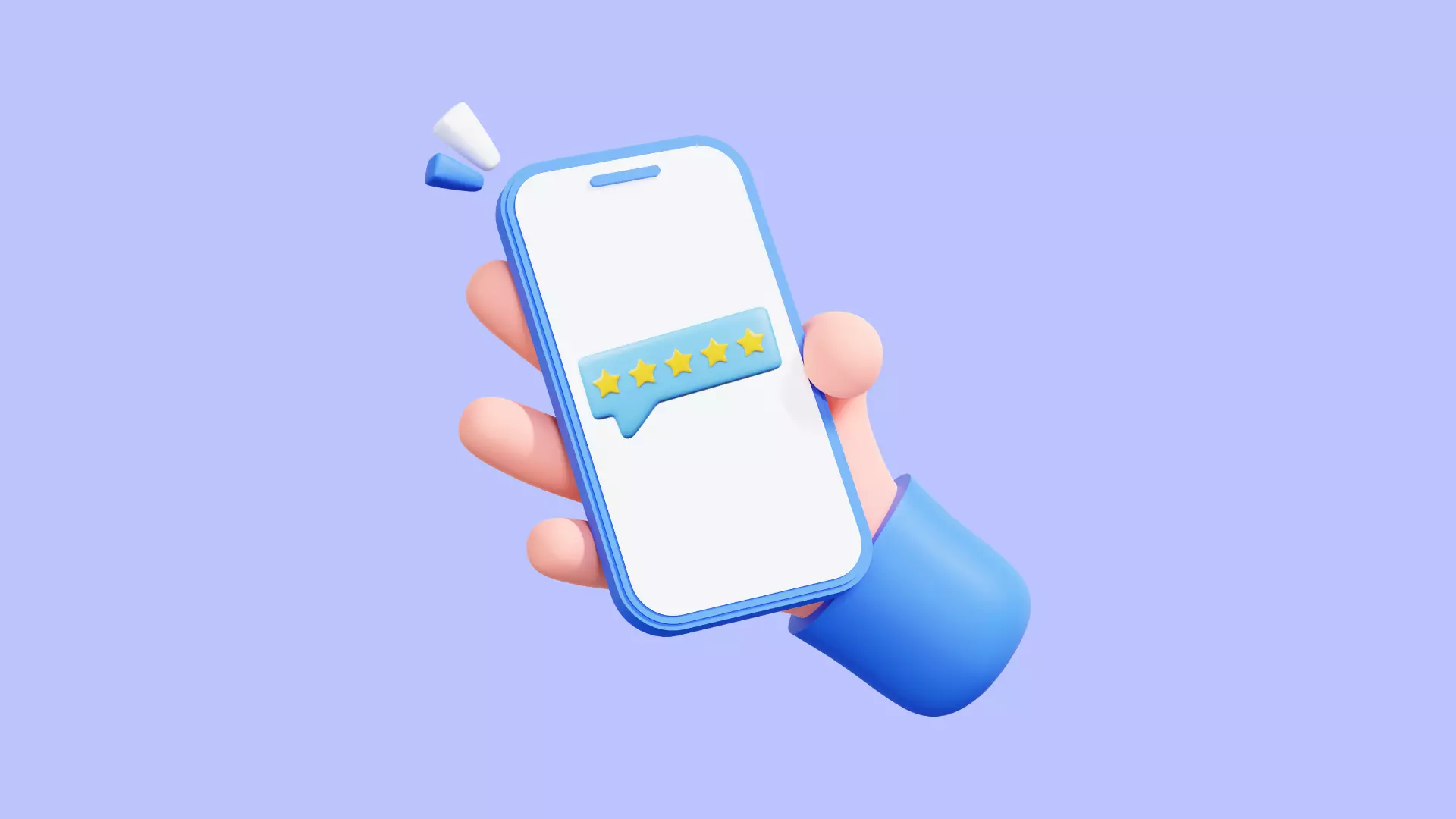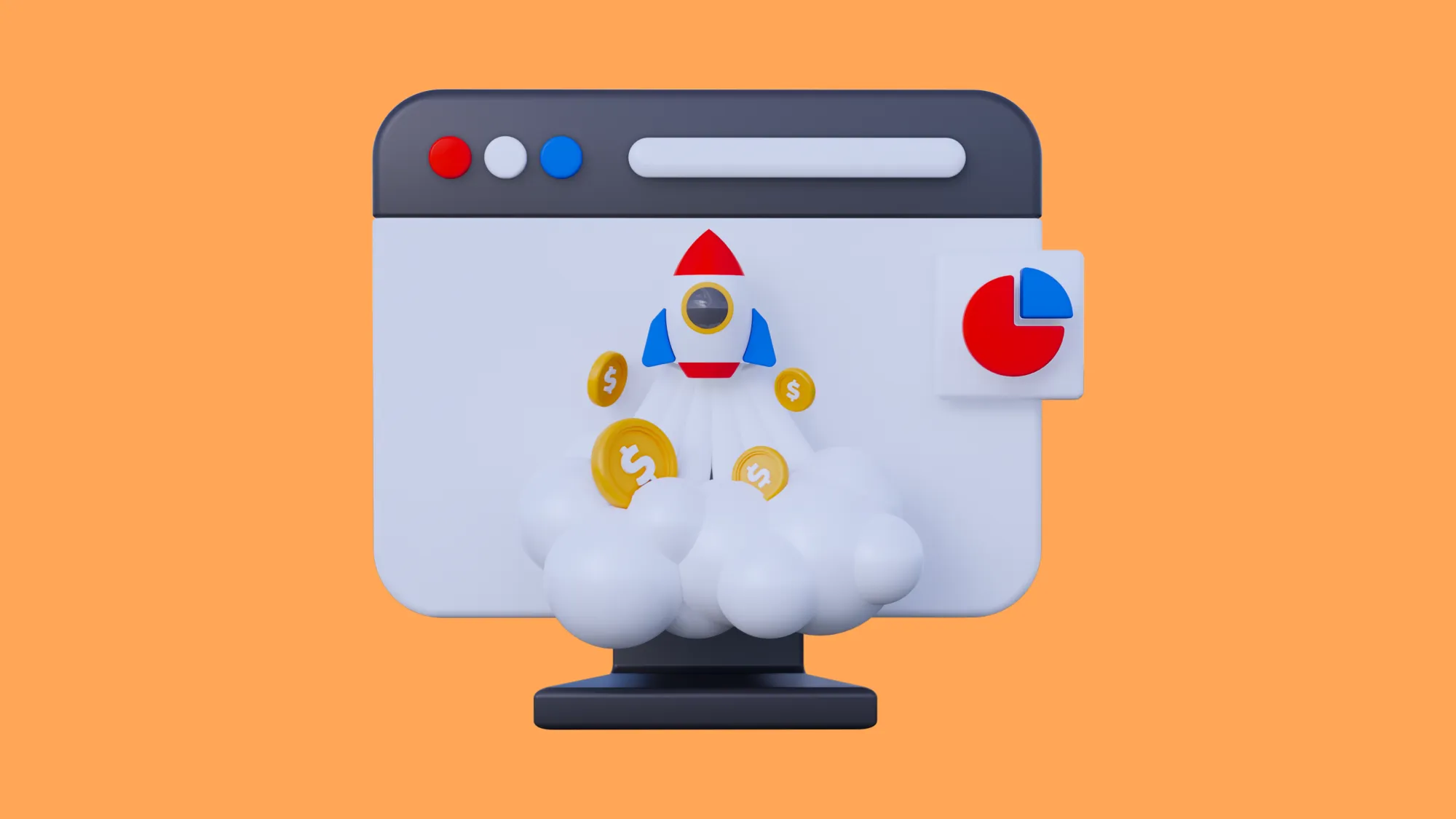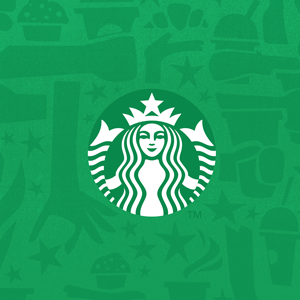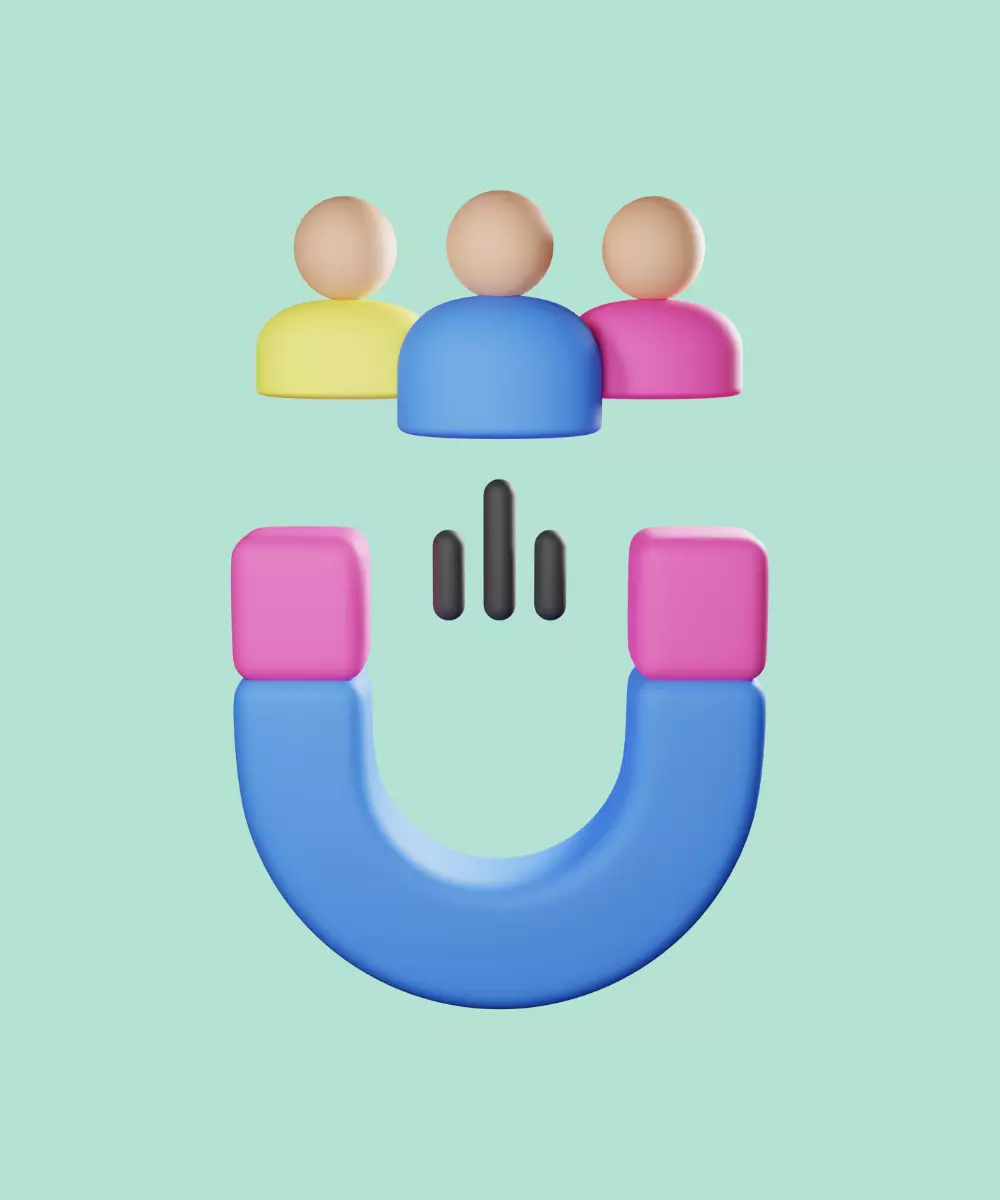The mobile application market has witnessed exponential growth over the past decade. As of 2023, global mobile app revenues amounted to over USD 580 billion, with projections indicating a surge to nearly USD 935 billion in 2024. This growth is fueled by the increasing ubiquity of smartphones and the digital transformation of businesses across sectors.
In this vast universe of mobile applications, standing out is no small feat. As of 2024, there are over 3,55 million apps on the Google Play Store and another 2 million on the Apple App Store. Such numbers not only highlight the opportunities in the app market but also underscore the intense competition. The average smartphone user has between 60 to 90 apps installed on their device but uses less than 30 of them monthly. This disparity between installation and usage underscores the challenge businesses face: not only attracting users but also retaining them.
Mobile app loyalty becomes the linchpin in this scenario. It goes beyond the superficial metrics of downloads and installations, delving into the deeper realm of user engagement, satisfaction, and long-term retention. It's about fostering a relationship with the user, ensuring that amidst the sea of alternatives, they consistently choose and advocate for your app. But why is this loyalty so crucial? And how can businesses cultivate it effectively?
This article aims to answer these questions, offering insights into the importance of mobile app loyalty, the key elements that drive it, and actionable strategies for businesses to implement. Whether you're a budding developer or an established business, understanding and harnessing mobile app loyalty can be the difference between fleeting success and sustained growth.
Understanding the Importance of Mobile App Loyalty
Mobile app loyalty is akin to brand loyalty, where users not only consistently use an app but also advocate for it within their circles. It's about creating an experience that resonates with users, forming a bond that encourages them to choose your app over the competition. This connection is built on a foundation of trust, seamless functionality, and personalized interactions. When users feel valued and understood, they are more likely to remain loyal to the app, leading to increased retention rates and potentially higher revenue generation. But why is it so pivotal? Let's delve deeper.
Why loyalty matters in the mobile app world
- User retention over acquisition: While acquiring new users is essential for growth, retaining existing ones offers a higher ROI. According to a study by Bain & Company, increasing customer retention rates by just 5% can increase profits by 25% to 95%. In the app world, this translates to more frequent usage, higher in-app purchases, and better engagement rates.

- Loyal users are brand ambassadors: Loyal users don't just use your app; they talk about it. They share their positive experiences with friends, family, and on social media platforms. This word-of-mouth marketing is invaluable. It's organic, genuine, and often more effective than paid advertising campaigns.
- Predictable revenue streams: Loyal users are more predictable in their behavior. They're more likely to engage with in-app purchases, subscribe to premium features, and interact with monetized elements. This predictability allows businesses to forecast revenues more accurately, aiding in better financial planning.
- Lower marketing costs: The cost of retaining an existing user is significantly lower than acquiring a new one. Research indicates that it can be five times more expensive to attract a new customer than to keep an existing one. With a loyal user base, businesses can allocate marketing budgets more efficiently, focusing on deeper engagement strategies rather than broad outreach campaigns.
- Feedback and continuous improvement: Loyal users are more invested in your app. They're more likely to provide feedback, report bugs, and suggest improvements. This continuous feedback loop is invaluable for businesses aiming for iterative development and enhancement of their app features.
The ripple effect of loyalty
Mobile app loyalty doesn't operate in isolation. It creates a ripple effect, influencing various facets of a business. Loyal users often lead to increased user acquisition, as their advocacy attracts new users. Their consistent engagement can lead to better app store rankings, making the app more visible to potential users. Furthermore, their feedback can guide the app's development roadmap, ensuring it remains relevant and valuable to its user base.
Key Elements of a Successful Mobile App Loyalty Program
In the realm of mobile apps, loyalty isn't a product of chance. It's meticulously crafted, drawing from a combination of elements that resonate with users. Let's explore these pivotal elements in detail.
Personalization
The power of tailored experiences: In an age where users are inundated with generic content, personalization stands out as a beacon of relevance. It's about offering content, features, or experiences tailored to individual user preferences.
- Data-driven insights: By analyzing user behavior, preferences, and interaction patterns, apps can deliver content that aligns with individual tastes. For instance, a music app that curates playlists based on a user's listening history offers a more personalized experience than one that doesn't.
- User-centric design: Personalization also extends to the app's design and interface. Adjustable themes, layout preferences, and customizable notifications can make users feel the app is truly 'theirs'.
Gamification
Engaging users through play: Gamification is the art of integrating game-like elements into non-game contexts, like apps. It taps into the innate human desire for competition, achievement, and reward.
- Achievement systems: By introducing badges, points, or levels, apps can motivate users to engage more deeply. For instance, a fitness app might award badges for consecutive days of workouts.
- Leaderboards & challenges: Competitive elements, like leaderboards or daily challenges, can foster community engagement and keep users coming back for more.
Rewards
Incentivizing continued engagement: Rewards act as a tangible acknowledgment of a user's engagement and loyalty.
- Tangible rewards: These can range from discounts, freebies, or even physical goods. For instance, a shopping app might offer discount codes to users who refer friends.
- Intangible rewards: These are non-material incentives, like exclusive content, early access to features, or special status within the app community.
Feedback Loop
Building a two-way communication channel: Loyalty is fostered when users feel heard and valued. A feedback loop ensures this by allowing users to voice their opinions, concerns, and suggestions.
- In-app surveys & feedback forms: These tools can gather user opinions on new features, overall app experience, or areas of improvement.
- Responsive support: A dedicated support channel, whether it's in-app chat or an email helpline, ensures users' concerns are addressed promptly.
Integration with other platforms
Expanding the loyalty ecosystem: Loyalty doesn't have to be confined to the app. Integrating with other platforms can amplify the loyalty experience.
- Social media integration: Allowing users to share their achievements, rewards, or content on social media can enhance visibility and foster a sense of community.
- Partnerships with other brands: Collaborating with other brands can offer users unique rewards. For instance, a movie booking app might partner with a popcorn brand to offer free popcorn with every ticket booked.
7 Steps to Implementing a Successful Loyalty Program
Crafting a loyalty program is akin to building a bridge between your business and your users. It's a structured process that, when executed with precision, can yield significant dividends. Here's a step-by-step guide to help you navigate this journey.
1. Define your goals
Before diving into the mechanics, it's crucial to understand what you aim to achieve with your loyalty program.
- Engagement metrics: Are you looking to increase daily or monthly active users? Perhaps you want users to engage with a specific feature more frequently.
- Monetization goals: This could be increasing in-app purchases, driving more subscriptions, or boosting ad engagement.
- User growth: If referrals are a key component, then tracking new user acquisition through your loyalty program becomes essential.
2. Segment your audience
A one-size-fits-all approach rarely works in loyalty programs. Segmenting your audience ensures tailored experiences.
- Behavioral segmentation: Group users based on their interaction patterns. For instance, frequent users vs. occasional users.
- Demographic segmentation: Age, location, gender, and other demographic factors can influence user preferences and should be considered.
- Purchase history: For e-commerce apps, segmenting users based on their purchase patterns can be invaluable.
3. Choose the right loyalty elements
Drawing from the key elements discussed earlier, decide which would resonate most with your audience segments.
- Gamification for younger audiences: Younger users might be more inclined towards gamified elements like badges and leaderboards.
- Rewards for frequent shoppers: If you're an e-commerce platform, offering tangible rewards for frequent purchases can be effective.
4. Design the user journey
Map out the user's journey through the loyalty program, ensuring it's intuitive and engaging.
- Onboarding: Introduce the loyalty program to new users, highlighting its benefits.
- Progress tracking: Allow users to track their progress, be it points accumulated, levels achieved, or rewards earned.
- Redemption process: Ensure that redeeming rewards is a seamless process. The harder it is to claim a reward, the less likely users are to engage.
5. Test and iterate
Before a full-scale launch, pilot your loyalty program with a subset of users.
- Feedback collection: Gather feedback on the user experience, the perceived value of rewards, and any potential glitches.
- Data analysis: Monitor user engagement metrics to gauge the program's effectiveness.
- Refinement: Based on feedback and data, make necessary tweaks to the program.
6. Launch and promote
Once you're confident in your loyalty program, roll it out to your entire user base.
- In-app announcements: Use banners, pop-ups, or dedicated sections to announce the program.
- Email campaigns: Reach out to registered users, informing them of the new loyalty program and its benefits.
- Social media promotion: Leverage platforms like Twitter, Instagram, and Facebook to spread the word.

7. Continuously monitor and update
A loyalty program isn't a set-it-and-forget-it endeavor. It requires continuous monitoring and updates.
- Regularly review metrics: Keep an eye on engagement, user growth, and monetization metrics to ensure the program is meeting its goals.
- Survey users: Periodically survey users to gather feedback on the loyalty program and identify areas of improvement.
- Introduce new elements: To keep the program fresh and engaging, periodically introduce new challenges, rewards, or gamified elements.
Case Studies: Successful Mobile App Loyalty Programs
The proof of the pudding is in the eating. Similarly, the effectiveness of a mobile app loyalty program can best be understood through real-world examples. Let's delve into some successful case studies that have set benchmarks in the industry.
Starbucks rewards

Starbucks Rewards is a loyalty program integrated into the Starbucks mobile app. Users earn stars for every purchase, which can be redeemed for free drinks or food items.
Key features:
- Personalized deals: Based on purchase history, users receive personalized offers and discounts.
- Order ahead: Members can order in advance through the app and skip the line at the store.
- Exclusive member events: Periodic events or promotions exclusive to reward members.
- Outcome: The program has been a massive success, Starbucks boasts a staggering count of over 58 million Starbucks Rewards members, while approximately one out of every 10 adults in the U.S. is enrolled as a Starbucks Rewards member. It has significantly boosted in-store sales and app engagement.
Duolingo super

Duolingo, the language-learning app, introduced Duolingo Super as a premium subscription offering, enhancing the loyalty factor.
Key features:
- Streak repair: If users miss a day, they can repair their learning streak, motivating consistent usage.
- Progress tracking: Users earn points, badges, and can compete with friends, turning learning into a fun challenge.
- Ad-free experience: Premium users enjoy an ad-free learning experience.
- Outcome: Duolingo has over 500 million total app downloads, with a significant portion opting for the premium subscription, showcasing the effectiveness of its loyalty features.
Sephora beauty insider

Sephora's mobile app loyalty program, Beauty Insider, offers users points for every purchase, which can be redeemed for products or exclusive experiences.
Key features:
- Tiered rewards: The more users spend, the higher they climb in tiers, unlocking more exclusive rewards.
- Birthday gifts: Members receive special gifts on their birthdays.
- Exclusive access: Higher-tier members get early access to sales and new products.
- Outcome: The program has been instrumental in driving sales and engagement. Sephora has seen a significant increase in repeat purchases and higher average order values from loyalty program members.
Nike training club (NTC)

NTC is Nike's fitness app that offers workout plans, tracking, and coaching. While the app is free, its loyalty features are deeply integrated with the Nike brand.
Key features:
- Exclusive content: Access to workouts from celebrity trainers and athletes.
- Product integration: Recommendations for Nike gear based on the user's workout preferences.
- Community challenges: Users can participate in challenges and compete with the global community.
- Outcome: The app has millions of active users and has successfully driven sales for Nike products, showcasing how brand integration in a loyalty program can be effective.
Conclusion
In the dynamic world of mobile applications, where the competition is fierce and user attention spans are fleeting, loyalty becomes the linchpin of sustained success. As we've explored in this article, a well-crafted loyalty program isn't just a tool for retention; it's a powerful mechanism to transform users into brand advocates, amplifying the reach and impact of your app.
At What the Flutter, we understand the nuances of the mobile app landscape. We recognize that in today's saturated market, it's not just about creating an app but about building an ecosystem where users feel valued, engaged, and loyal. As we assist businesses in their cross-platform app development journeys, we emphasize the integration of loyalty features, ensuring that the apps we craft aren't just functional but also foster deep-rooted user relationships.
In closing, whether you're at the inception of your app development journey or looking to revamp an existing application, consider the power of loyalty. It's the secret sauce that can elevate your app from being one among millions to becoming a staple on users' devices. And as always, if you're looking to harness the power of app development for your next project, What the Flutter is here to guide, assist, and transform your vision into reality. Contact us today!














